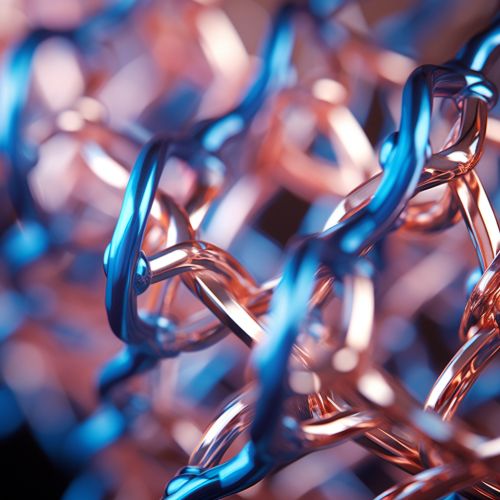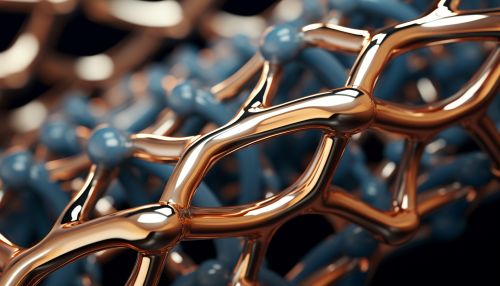Protein Threading
Introduction
Protein threading, also known as fold recognition or 3D-1D alignment, is a method of protein structure prediction. It is a powerful tool used in the field of structural bioinformatics to predict the three-dimensional structure of a protein from its amino acid sequence. Unlike sequence-based methods such as homology modeling, protein threading does not rely on the existence of a homologous protein with a known structure. Instead, it uses statistical potentials derived from known protein structures to identify the most probable fold for a given sequence.


Principles of Protein Threading
Protein threading works on the principle that the number of different protein folds in nature is limited, and many protein sequences fold into similar structures. This is due to the constraints of protein stability and the limited number of ways that secondary structures can arrange themselves in three-dimensional space. The method involves scoring and aligning a protein sequence against a library of known protein folds, and then selecting the fold with the highest score as the predicted structure. The scoring function typically includes terms for both sequence-structure compatibility and the physical feasibility of the proposed fold.
Steps in Protein Threading
Protein threading involves several steps, including the creation of a fold library, the generation of sequence-structure alignments, scoring, and model generation.
Fold Library Creation
The first step in protein threading is the creation of a fold library. This library contains a set of known protein folds, each represented by a structural template. These templates are usually derived from experimentally determined protein structures available in the Protein Data Bank (PDB).
Sequence-Structure Alignment
The next step involves generating sequence-structure alignments. This is done by aligning the target protein sequence against each template in the fold library. The alignment process takes into account both the sequence similarity and the compatibility of the sequence with the structural features of the template.
Scoring
Once the sequence-structure alignments are generated, they are scored using a scoring function. The scoring function evaluates the compatibility of the sequence with the template structure, taking into account factors such as the physicochemical properties of the amino acids, the spatial arrangement of the residues in the template, and the energy of the proposed structure.
Model Generation
The final step in protein threading is model generation. The template with the highest score is selected, and a full atom model of the protein is generated based on the alignment with this template. This model can then be refined using techniques such as energy minimization or molecular dynamics simulations.
Applications of Protein Threading
Protein threading has wide applications in the field of structural biology and bioinformatics. It can be used to predict the structure of proteins for which no homologous structures are known, providing valuable insights into their function. It is also used in drug discovery, where the predicted structures can be used for virtual screening of potential drug candidates. Furthermore, protein threading can aid in the study of protein evolution, as it can provide information about the evolutionary relationships between proteins based on their structural similarities.
Limitations of Protein Threading
While protein threading is a powerful tool for protein structure prediction, it has certain limitations. The accuracy of the method depends on the quality of the fold library and the scoring function used. If the correct fold is not present in the library, or if the scoring function fails to correctly identify the best fold, the prediction will be inaccurate. Furthermore, protein threading is less effective for proteins with novel folds that are not represented in the fold library.
